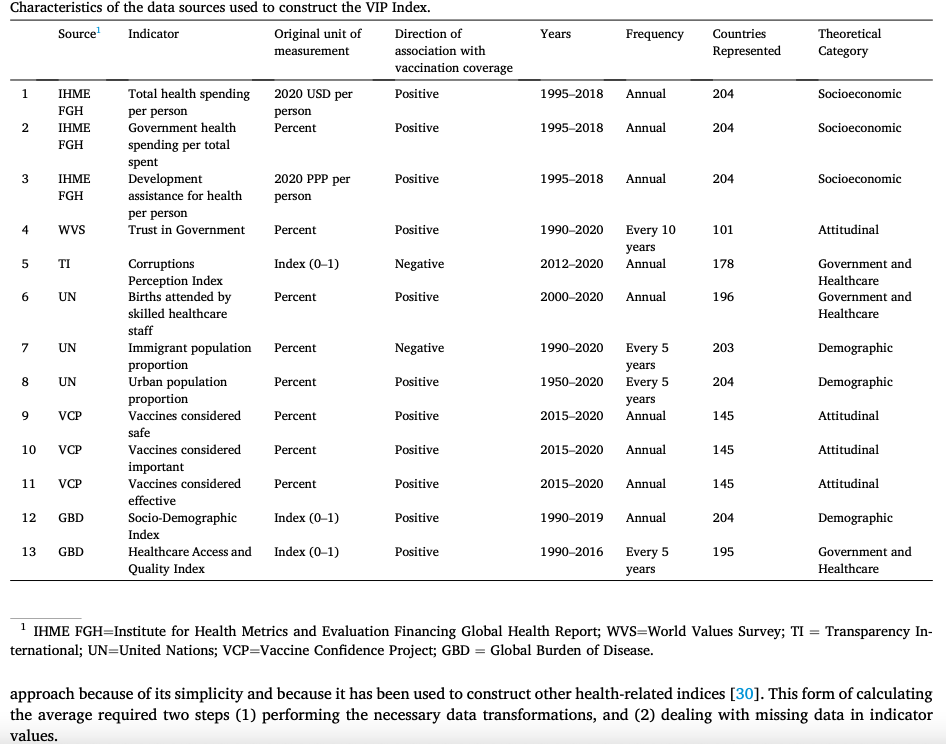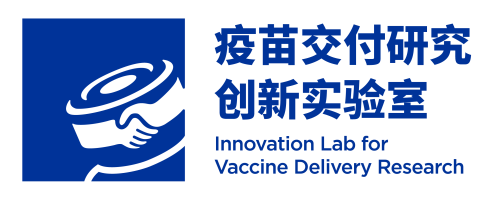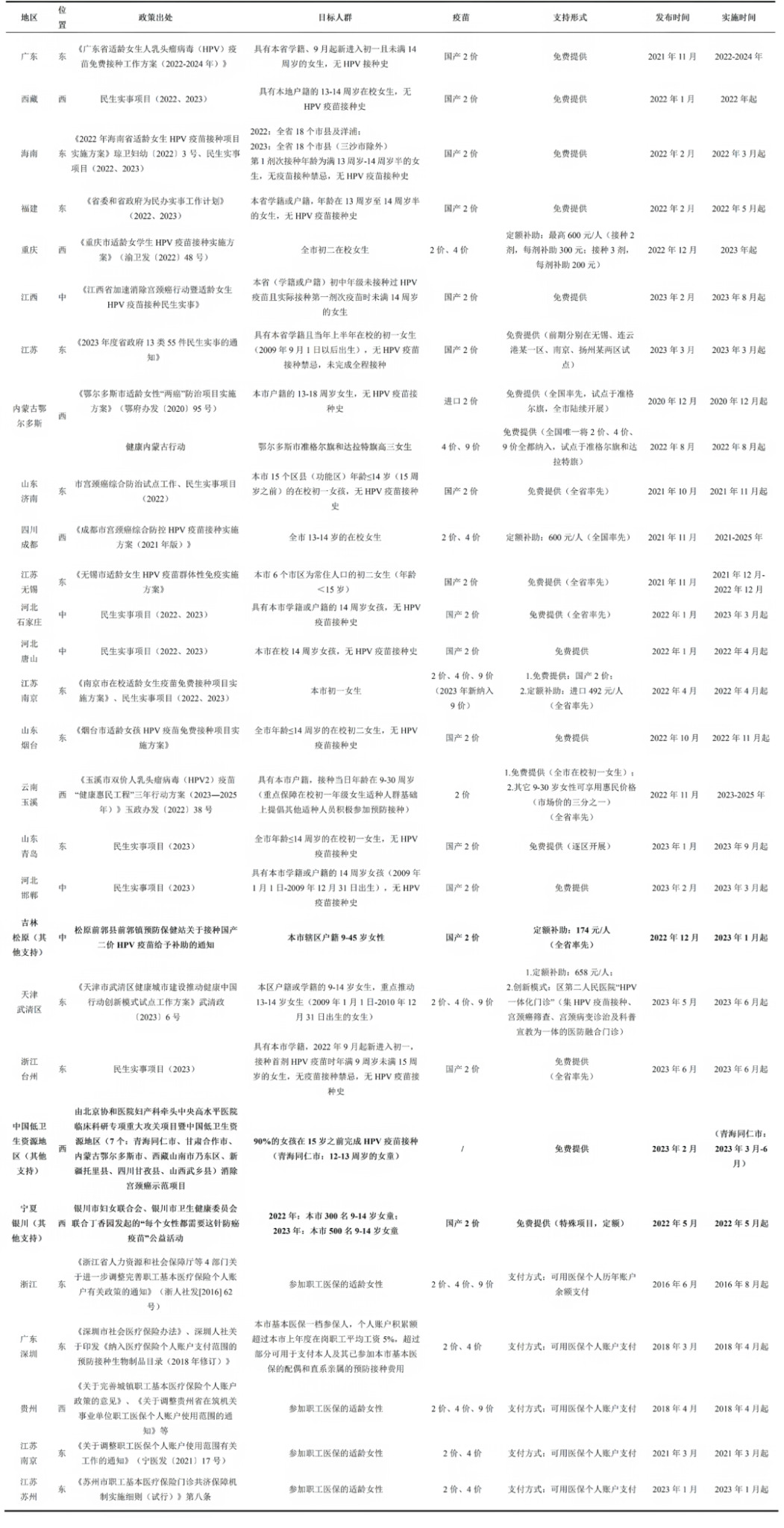Journal Content Recommendation
01
Timing of pertussis vaccination during pregnancy: Evidence and implementation – A systematic review
This study was published in Vaccine. Pertussis vaccination in pregnancy has been introduced in many countries to better protect infants against the disease in their first weeks of life. The optimal timing of pertussis vaccination in pregnancy is however still under debate. The article systematically reviewed published literature on the safety, immunogenicity, and effectiveness of pertussis vaccination in pregnancy related to the timing of vaccination. The article also reviewed the recommended vaccination times for the pertussis vaccine during pregnancy in different countries.
45 articles were included with 11 on safety, 26 on immunogenicity, and 9 on effectiveness. Overall, the timing of pertussis vaccination during pregnancy does not affect the vaccine’s safety. The immunogenicity studies show that earlier vaccination in late pregnancy leads to the best immune response in infants after birth, while vaccination towards the end of late pregnancy results in reduced vaccine effectiveness compared to earlier vaccination schedules. Only a few publications investigated qualitative characteristics of antibodies. None of the selected studies reported on antibody titers in breast milk or cellular-mediated immunity (CMI) about timing of Tdap administration.
Out of the 193 United Nations member states, 135 were reviewed, and national recommendations for pertussis vaccination during pregnancy were found in 58 countries. However, seven of these countries did not specify the recommended timing for vaccine administration. Among the countries with the recommended vaccination timing, 11 recommend vaccination between 27 and 36 weeks of gestation (WG); 10 have varying recommendations starting earlier, between 13 and 26 WG; 11 suggest other vaccination intervals later in pregnancy; and 12 recommend vaccination starting from a specific week or month of gestation. Additionally, 7 countries recommend vaccination during a specific trimester, either the second or third. In some countries, the recommendation is only activated during outbreaks; for example, in Hungary, the vaccine is advised solely in endemic areas.
The study indicates that the timing of vaccination affects immunogenicity and vaccine effectiveness, and recommends further research on optimal vaccination timing to provide more unified guidance for different countries.
https://doi.org/10.1016/j.vaccine.2024.07.053
02
Creating the Vaccination Improvement Potential Index
This study was published in Heliyon. Numerous social and behavioral factors have been implicated in vaccination coverage. No single measure describes a country’s ability to improve or maintain its immunization coverage. The article estimated the “Vaccination Improvement Potential” (VIP) by taking the geometric mean of 13 different indicators on health financing, vaccine confidence, and socio-demographics for more than 200 countries across 30 years. Potential VIP Index values range from 0 to 1, with a higher score indicating greater potential to improve or maintain high vaccination rates.

The study results indicate that the global average VIP score was 0.49 in 1990, which increased to 0.59 by 2019. High-income countries in Western Europe, North America, and East Asia consistently showed high levels during this period. The highest-scoring countries in 2019 tended to have a high proportion of births overseen by skilled attendants, high government spending on health, and a high percentage of the population residing in urban areas. The factors contributing to decreased index scores tended to be similar within regions. For many countries in Western Europe and Asia, such as France, Switzerland, Sweden, Japan, the Republic of Korea, Singapore, and Vietnam, survey data on vaccine confidence lowered the overall VIP Index results in these locations. Countries in sub-Saharan Africa, in contrast, reported relatively high levels of trust in vaccination safety and effectiveness. Countries in this region, however, reported generally low levels of overall health-related expenditures and government spending on health, as well as low levels of births attended by skilled health workers, which affected their index results. Countries in South Asia also had relatively low values on the Socio-Demographic Index as well as low levels of health-related expenditures, government spending on health, and development assistance for health, resulting in lower VIP Index results.
The study suggests that the VIP index can serve as an additional analytical tool for researchers, policymakers, and health officials, helping them deploy resources more effectively to improve vaccination coverage.
https://doi.org/10.1016/j.heliyon.2024.e34906
03
Developing a roadmap to reach and sustain 90% full immunization coverage through a cross-sectoral system-strengthening strategy in Bihar, India
This study was published in BMC Health Services Research. According to the available data, the full immunization coverage (FIC) in the state of Bihar (India) has reached ~ 71%. This study aimed to review the factors leading to under-immunized children in the state of Bihar and develop a forward-looking roadmap to reach and sustain 90% FIC by adopting a system strengthening approach. The study collected and analyzed data and evidence related to routine immunization system performance through a literature review, stakeholder interviews, and on-site observations at meetings, and transformed the gathered data into a strategic roadmap.
The study shows that the implementation of the immunization program in Bihar still faces several challenges, including shortages in healthcare infrastructure and a lack of skilled healthcare workers; the absence of regular review mechanisms for immunization programs and low-quality evaluations; inefficient use of funds; insufficient personnel for cold chain and vaccine distribution management; and inadequate supply of some medical materials necessary for vaccination. Additionally, key immunization information systems still need improvement in terms of data accuracy, consistency, and completeness. Furthermore, immunization coverage for migrant populations, promotion of welfare policies, and healthcare workers’ awareness require enhancement.
The research team summarized a series of interventions and developed a strategic roadmap covering short-, medium-, and long-term measures. Short-term strategies include identifying immunization service needs, strengthening immunization data systems, improving service delivery, and enhancing vaccine accessibility through better logistics infrastructure. Medium-term interventions involve policy promotion in rural areas, training community leaders and healthcare professionals, and establishing dedicated teams for vaccine distribution. Long-term measures focus on using digital systems for immunization reminders, integrating different immunization data systems, and improving vaccine supply planning and stock monitoring.
The study provides clear direction for Bihar’s immunization planning efforts and can serve as a reference for other Indian states and countries working on similar action plans.
http://doi.org/10.1186/s12913-024-11380-7
04
Determinants of wealth-related inequalities in full vaccination coverage among children in Nepal: a decomposition analysis of nationally representative household survey data
This study was published in BMC Public Health. Over the past two decades, child health indicators in Nepal have improved significantly at the national level. Yet, this progress hasn’t been uniform across various population subsets. This study identified the determinants associated with childhood full vaccination (a child is considered fully vaccinated against all basic antigens if they have received the Bacille Calmette-Guerin (BCG) vaccine, three doses of oral polio and DPT-containing vaccine, and a single dose of the measles-rubella (MR) vaccine), assessed wealth-related inequalities, and delved into the key factors driving this inequality.
Data for this study were taken from the most recent nationally representative Nepal Demographic and Health Survey 2022. A total of 959 children aged 12–23 months who had received routine childhood vaccines as per the national immunisation program were considered for analysis. Binary logistic regression models were conducted to identify the associated factors with outcome variable. The concentration curve and Erreygers normalized concentration index were used to assess inequality in full vaccination. Household wealth quintile index scores were used to measure wealth-related inequality and decomposition analysis was conducted to identify determinants explaining wealth-related inequality in the uptake of childhood vaccination.
The full vaccination coverage among children was 79.8% at national level. Several factors, including maternal health service utilization variables (e.g., antenatal care, institutional delivery), financial challenges related to visiting health facilities, and mothers’ awareness of health mother group meetings within their ward, were associated with the uptake of full vaccination coverage among children. The concentration curve was below the line of equality, and the relative Erreygers normalized concentration index was 0.090, indicating that full vaccination was disproportionately higher among children from wealthy groups. The decomposition analysis identified institutional delivery (20.21%), the money needed to visit health facilities (14.25%), maternal education (16.79%), maternal age (8.53%), and caste (3.03%) were important contributors to wealth-related inequalities in childhood full vaccination uptake.
The study concludes that full vaccination coverage among children in Nepal favors the wealthy. Policymakers should recognize this gap and implement equity-oriented policies to support socioeconomically disadvantaged groups.
https://doi.org/10.1186/s12889-024-19456-z
Content Editor: Xiaotong Yang
Page editor: Ziqi Liu





